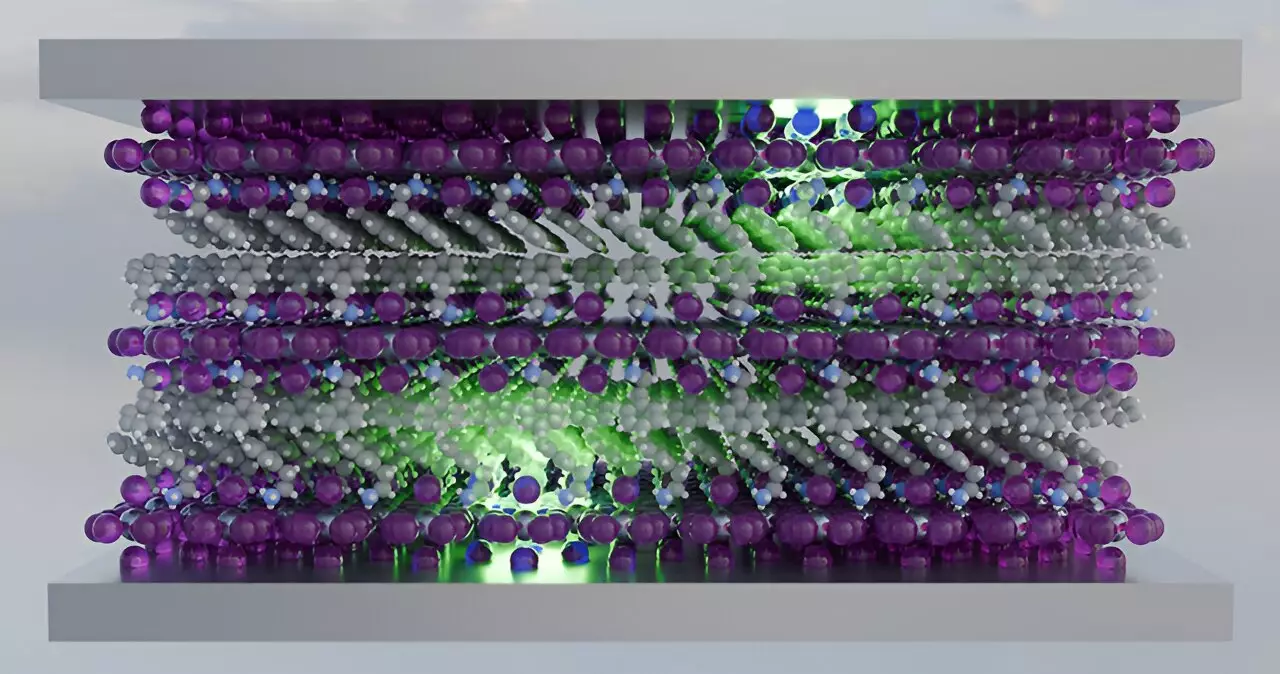In the world of solar cells and light-emitting diodes (LEDs), the battle against exciton-exciton annihilation is intense. This phenomenon, which leads to the loss of energy and decreased efficiency in these systems, is a major challenge that researchers are working to overcome. Controlling this annihilation process is crucial for improving the performance of optoelectronic devices.
The Research Study
A recent study conducted by researchers from the National Renewable Energy Laboratory (NREL) in collaboration with the University of Colorado Boulder focused on employing cavity polaritons to combat exciton-exciton annihilation. By coupling excitons with cavity polaritons, which are essentially photons trapped between two mirrors, the researchers aimed to enhance energy transfer efficiency and potentially increase the overall efficiency of optoelectronic devices.
The study utilized transient absorption spectroscopy to investigate the impact of varying the separation between the mirrors enclosing a 2D perovskite material known as (PEA)2PbI4 (PEPI). This specific perovskite material holds promise for future LED applications. By studying the interactions between excitons, cavity polaritons, and the perovskite material, the researchers were able to gain insights into controlling exciton-exciton annihilation and reducing energy losses.
The concept of polaritons arises from the strong coupling between photonic and electronic states, leading to the formation of hybrid states of light and matter. In the case of the PEPI layer within the Fabry-Pérot microcavity configuration, the researchers achieved ultrastrong coupling, resulting in a longer excited state lifetime and a significant reduction in exciton-exciton annihilation. This shift between being more photonic or more excitonic in nature allows polaritons to navigate through each other without undergoing annihilation.
The findings of the study highlighted the potential of tuning the coupling strength to regulate the behavior of polaritons, ultimately influencing the energy loss in optoelectronic systems. By manipulating the relative time spent as photons or excitons, researchers were able to control the dynamics of the PEPI system and mitigate the impact of exciton-exciton annihilation. This level of control opens up new possibilities for enhancing the efficiency of solar cells and LEDs.
The utilization of cavity polaritons to control exciton-exciton annihilation represents a significant advancement in the field of optoelectronics. The ability to manipulate the behavior of hybrid states of light and matter offers new avenues for improving energy transfer efficiency and increasing the performance of solar cells and LEDs. This research paves the way for future innovations in the design and development of next-generation optoelectronic devices.


Leave a Reply